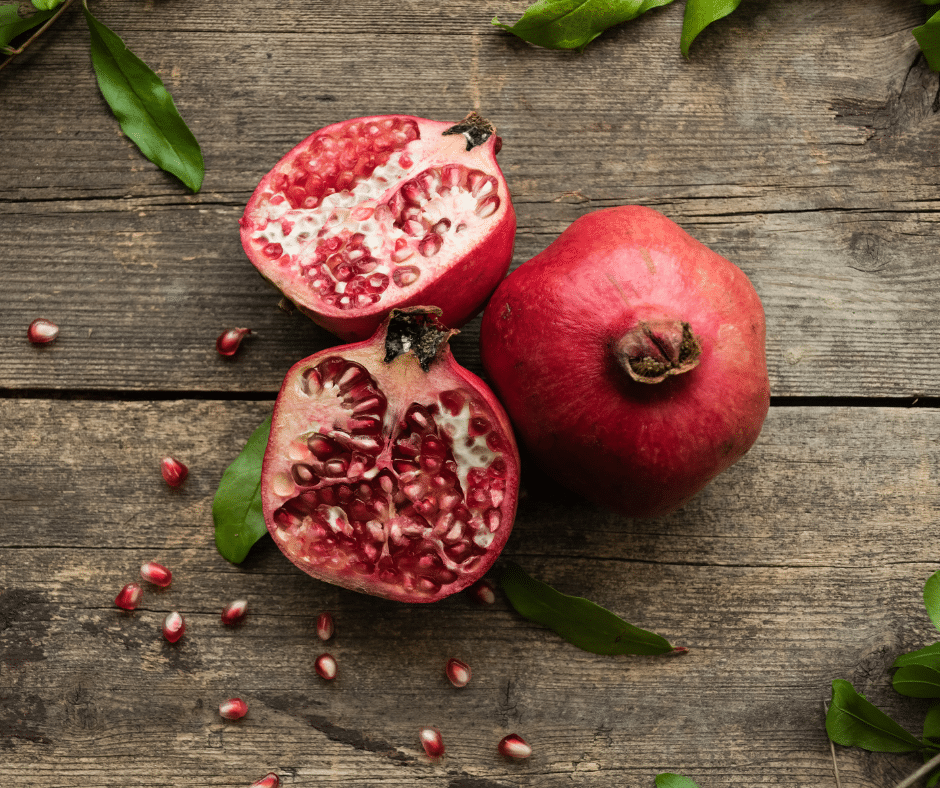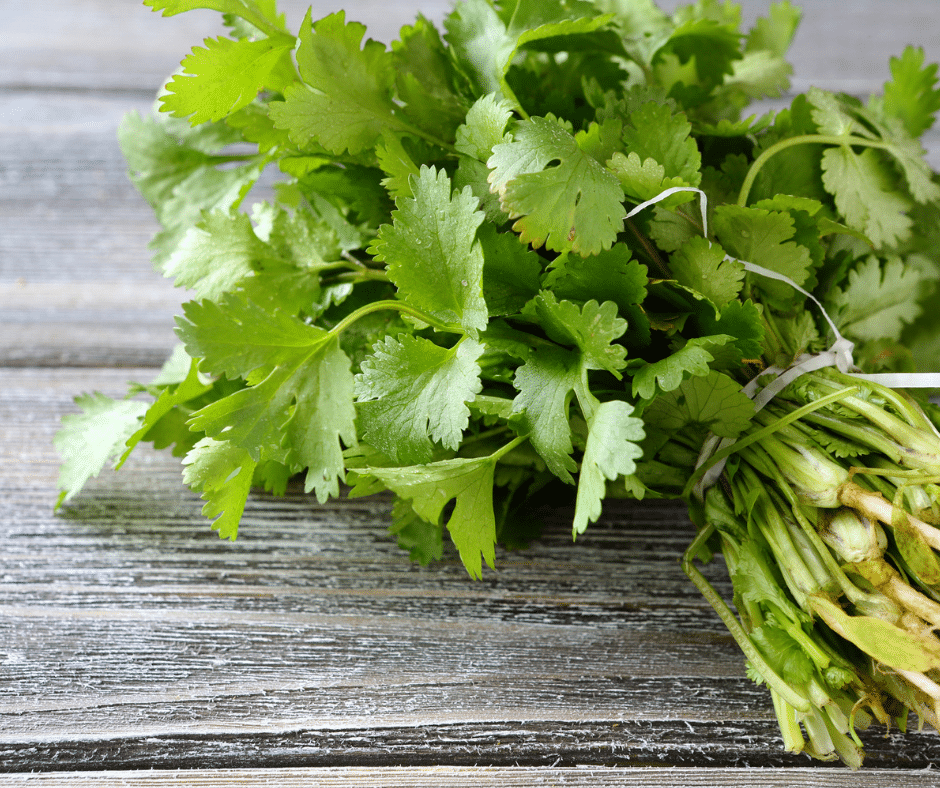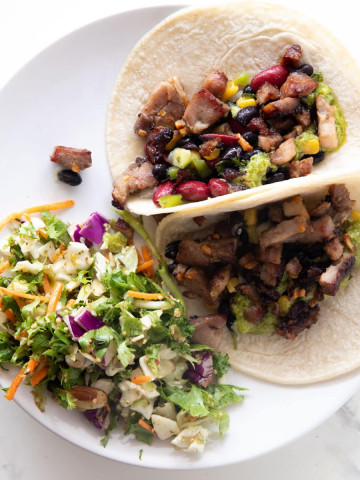Hi, friends!
This year, one of my goals is to cut down on grocery expenses by buying in-season produce. Since I’m doing the research anyway, I thought I would share it with you guys! Buying in season is more important than ever. It keeps grocery costs down and ensures food will supply the most nutrients.
For this month, be sure to also check out the October Produce Guide as well. Some of the produce for October will still be in season through November or even December. In fact, as it reaches the end of its growing season, some produce items may be priced even lower than they were at their peak as they try to sell the surplus!
Of course, what produce is in season can vary by region, so I focused on the Southwest in my research. If you are on the east coast, it should still apply, but some things vary. I also included recipes you can make with this month’s produce, so hopefully, it helps inspire your weekly menu this month!

Enjoy some fresh fall produce with some vibrant, gorgeous looking fruits and vegetables! I’ve included some of my top favorite produce items for November, as well as recipes for each one, so you can be inspired to eat healthfully this month.
Parsnips
This delightful root vegetable is a close cousin to the carrot and has a wonderful sweet flavor that especially shines when roasted. Parsnips pack a nutritional punch, providing a quarter of your daily recommended vitamin C and K.
Parsnips are also a rich source of potassium, which does wonders for lowering your blood pressure and keeping your heart healthy. Take advantage of this root veggie and try it out in the kitchen for added flavor and texture!
Check out some of these recipes from other dietitians featuring parsnips:
- Parsnip, Beet, and Goat Cheese Salad from Dietitian Jess
- Simply Roasted Parsnips with Rosemary from Jenny Shea Rawn
- Garlic Roasted Root Vegetable Fries from The Real Food Dietitians
Pomegranates
Did you know this fun-to-eat fruit is technically a berry? Pomegranate seeds are surrounded by a juicy and delicious covering called an aril, which can also be used to make juice. Pomegranates contains a compound called punicalagin, a potent antioxidant, that is important in protecting heart health and reducing inflammation.
The health benefits of pomegranates are far reaching, from lowering blood pressure to reducing cancer risk! Pomegranates can be enjoyed on their own as a snack, or by incorporating them into sweet and savory dishes. A sprinkle of seeds on a yogurt bowl with granola provides a brightly colored breakfast or try mixing some into your favorite fall salad. So, what are you waiting for? Go ahead and enjoy these little gems this month!
Check out some of these recipes from other dietitians featuring pomegranates:
- Pomegranate and Dark Chocolate Cookies from Dietitian Debbie
- Pomegranate Avocado Quinoa Salad from Sharon Palmer
- Dark Chocolate Pomegranate Coins from Dietitian Jenn
Green onion
Green onions, also known as scallions, are closely related to chives, onions, leeks, and shallots. This flavorful family of vegetables is known as alliums, and they contain cancer fighting compounds and antioxidants.
Green onions are also a great source of vitamin K, a crucial nutrient in promoting healthy bones and blood clotting. Green onions make a great addition to stir-fries, mashed potatoes, and salads. You can even grill green onions whole for a flavorful and crunchy side dish.
Check out some of my favorite recipes featuring green onions:
Click Here For More Green Onion Recipes >>
Grapefruit
Pucker up! This sweet and sour citrus fruit is a tasty addition to many of your recipe staples. Grapefruit is one of the lowest-calorie fruits, but packs in a ton of nutrients, such as vitamins C and A. These antioxidants are especially important for aiding your immune system, which is even more important as we move into the colder months.
Some studies have suggested that grapefruit can help control insulin levels, leading to better blood sugar control and a reduced risk of type 2 diabetes. However, those on certain medications should be aware that a compound in grapefruit can cause negative interactions. For those who can eat it safely, grapefruit is a delicious fruit to enjoy on its own, paired with avocado or pressed into a juice.
Check out some of these recipes from other dietitians featuring grapefruit:
- Low Sugar Paloma from The Real Food Dietitians
- Grapefruit and Toasted Walnut Salad from The Nutty Nutritionist
- Easy Boiled Grapefruit from Marisa Moore Nutrition
Cilantro
Cilantro, also known as coriander, is a flavorful herb used to liven up many dishes around the world. It is rich in many potent compounds including antioxidants, enzymes that help lower blood sugar, and even antimicrobial compounds that can be used to fight foodborne illness. You may know someone who hates cilantro, claiming it tastes like soap.
This is actually due to a genetic variation that allows them to pick up the smell of a chemical in cilantro also found in soap! If you’re not a cilantro hater, there are so many easy ways to incorporate it into your diet. Use it to add flavor to Mexican, Indian, and Middle Eastern dishes. Or, try making a bright green sauce by combining cilantro with olive oil, garlic, and lime.
Check out some of my favorite recipes featuring cilantro:
Click Here For More Cilantro Recipes >>
More November Recipes to Make!
MORE PRODUCE GUIDES:











Valid Pick says
something I never keep a proper list of... thanks for sharing...